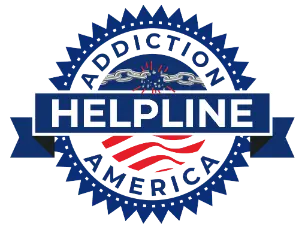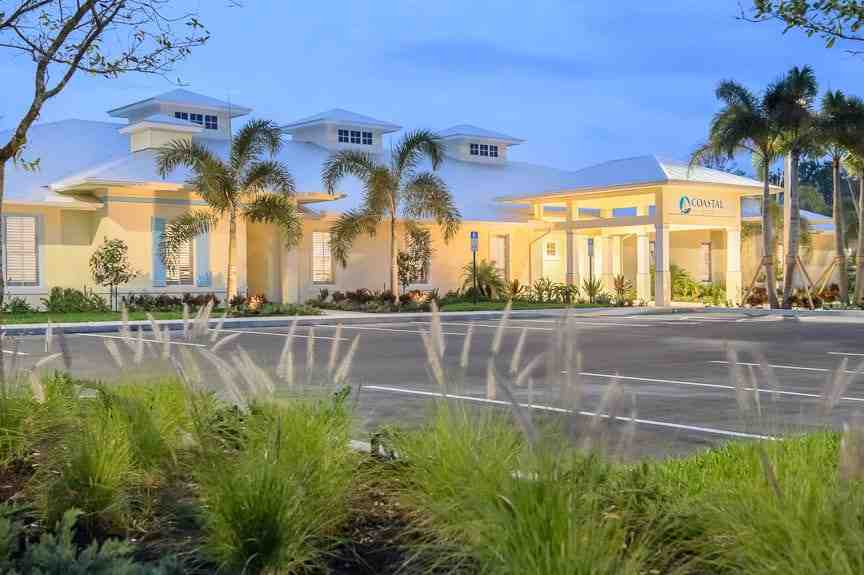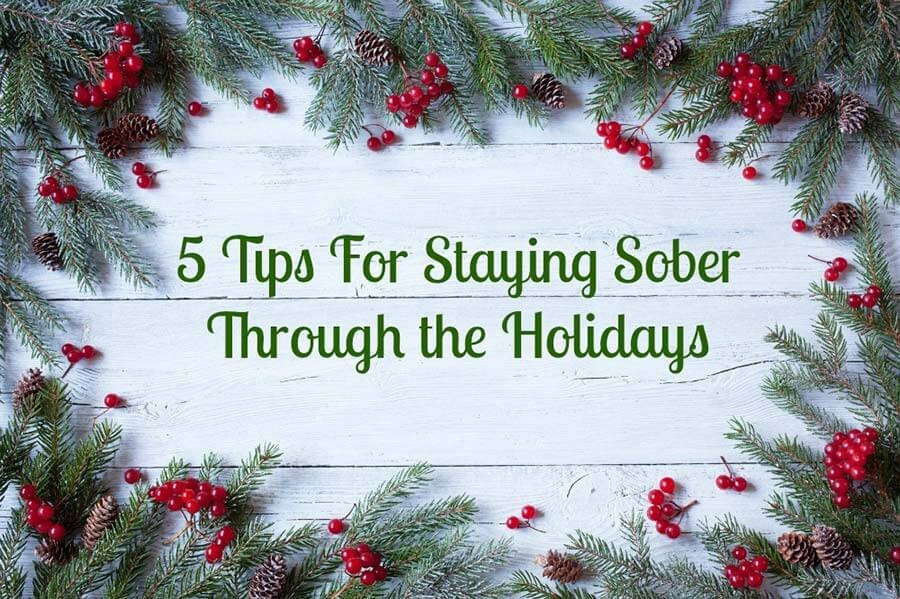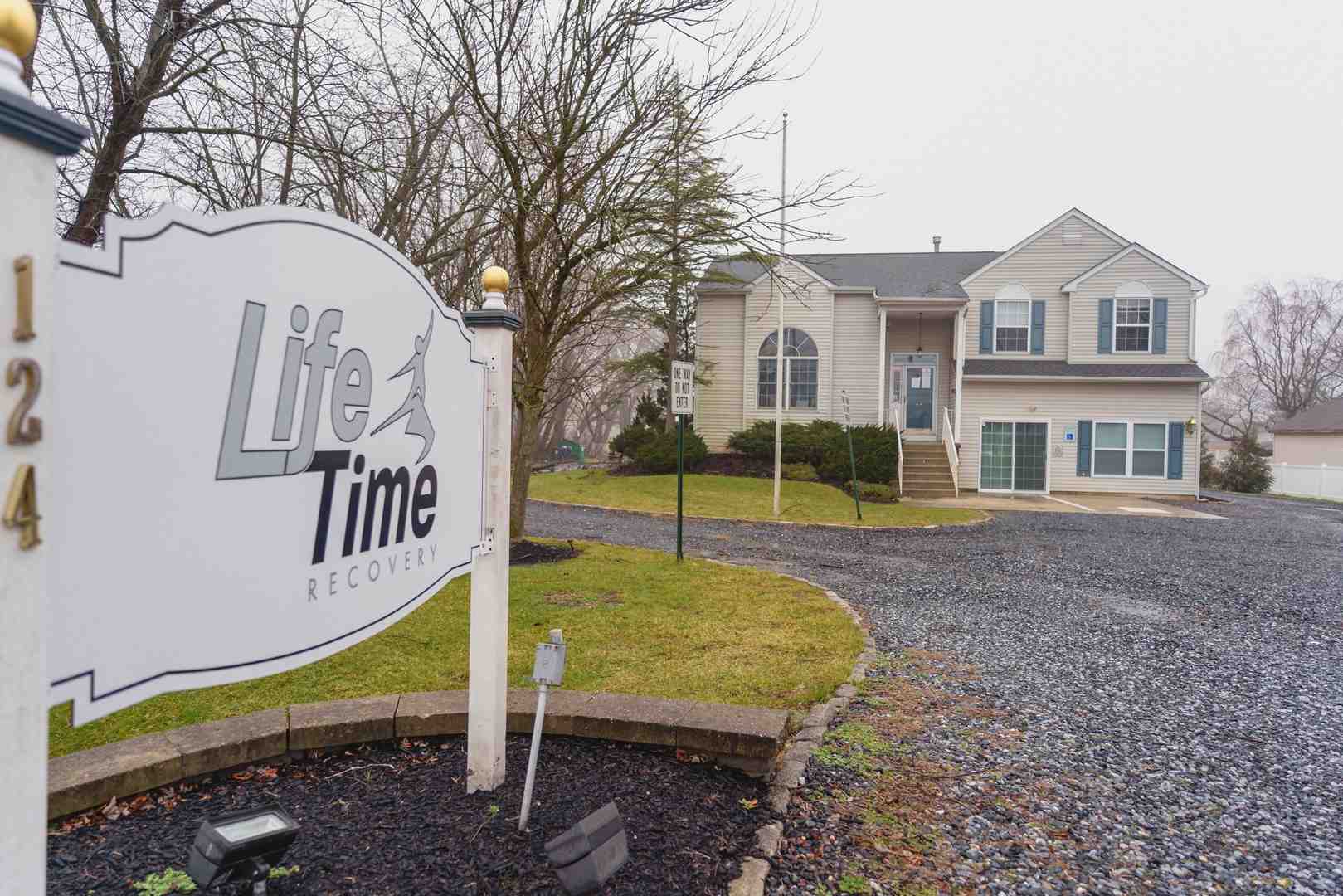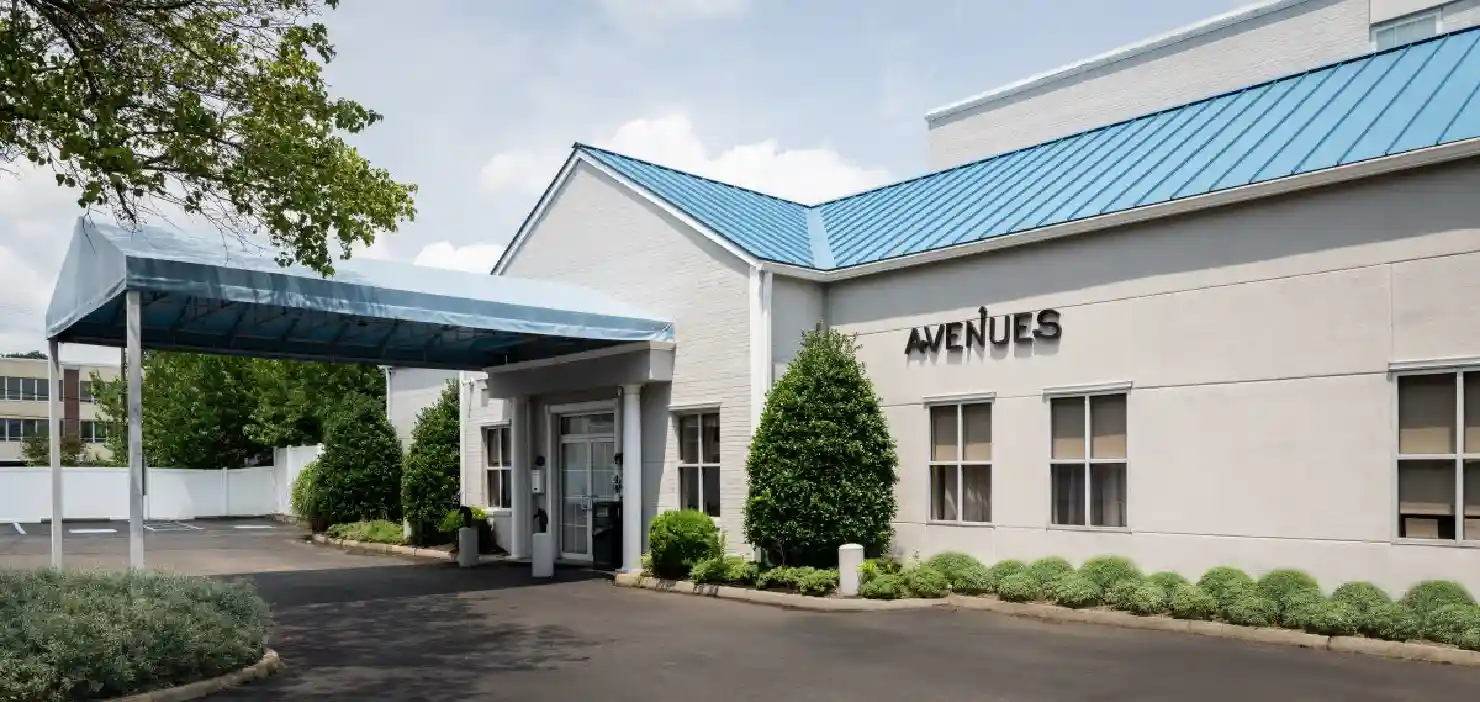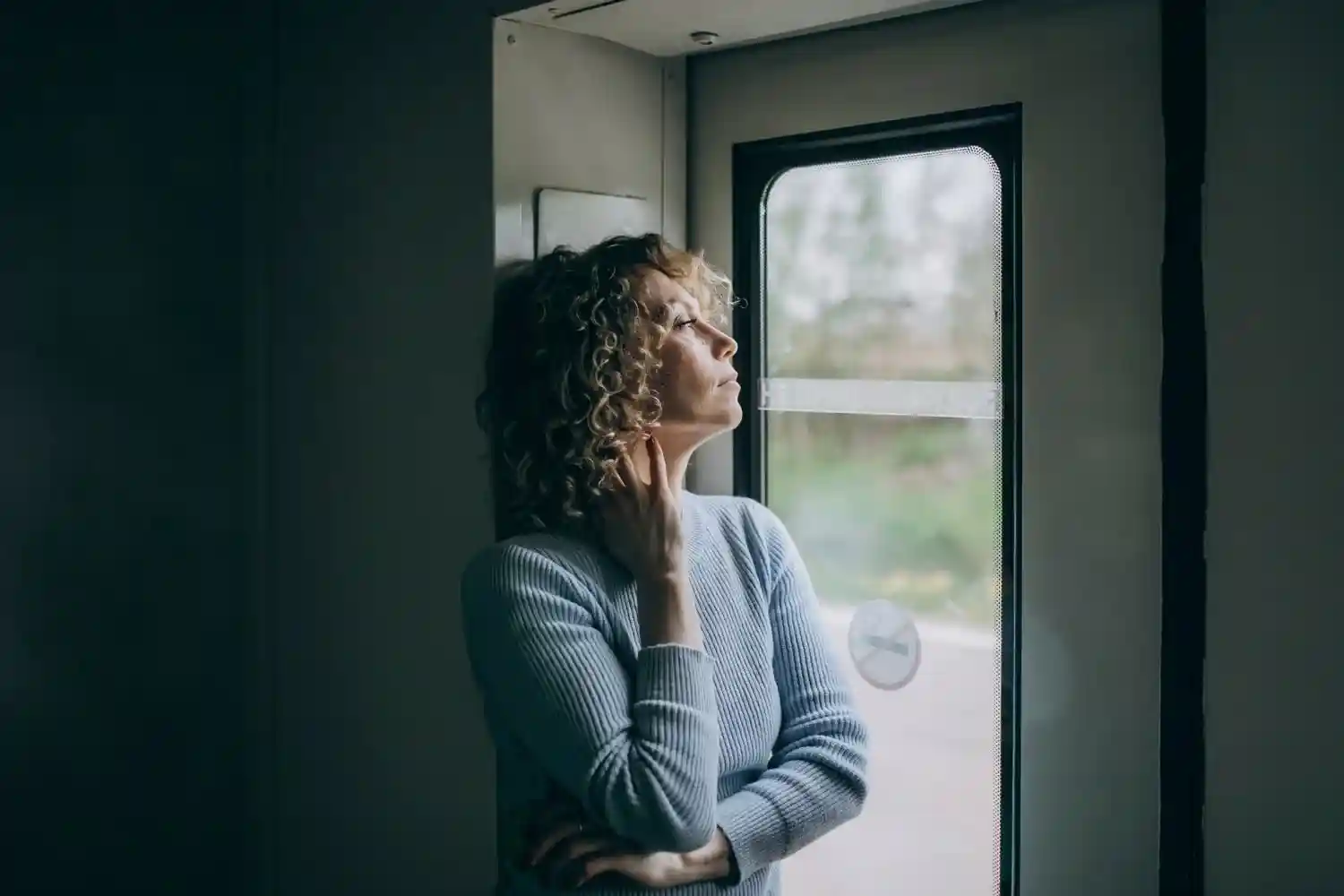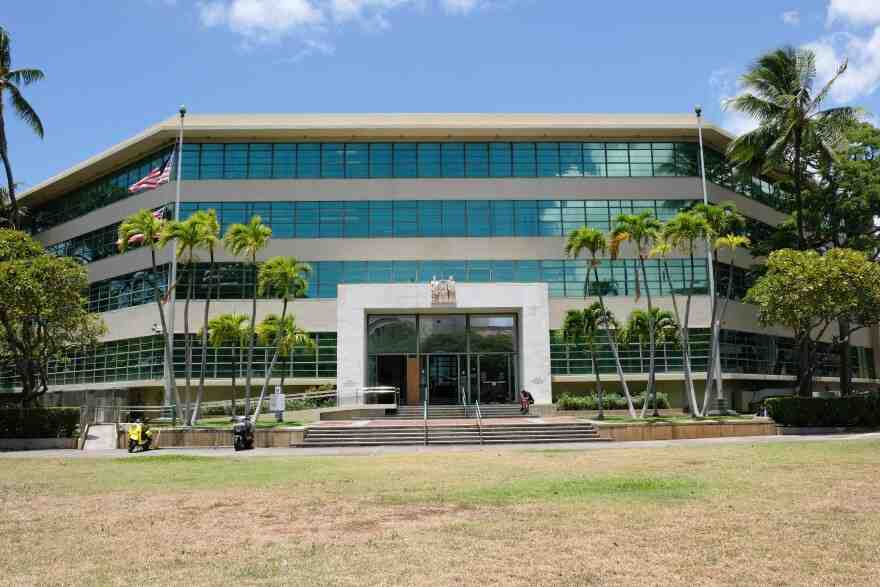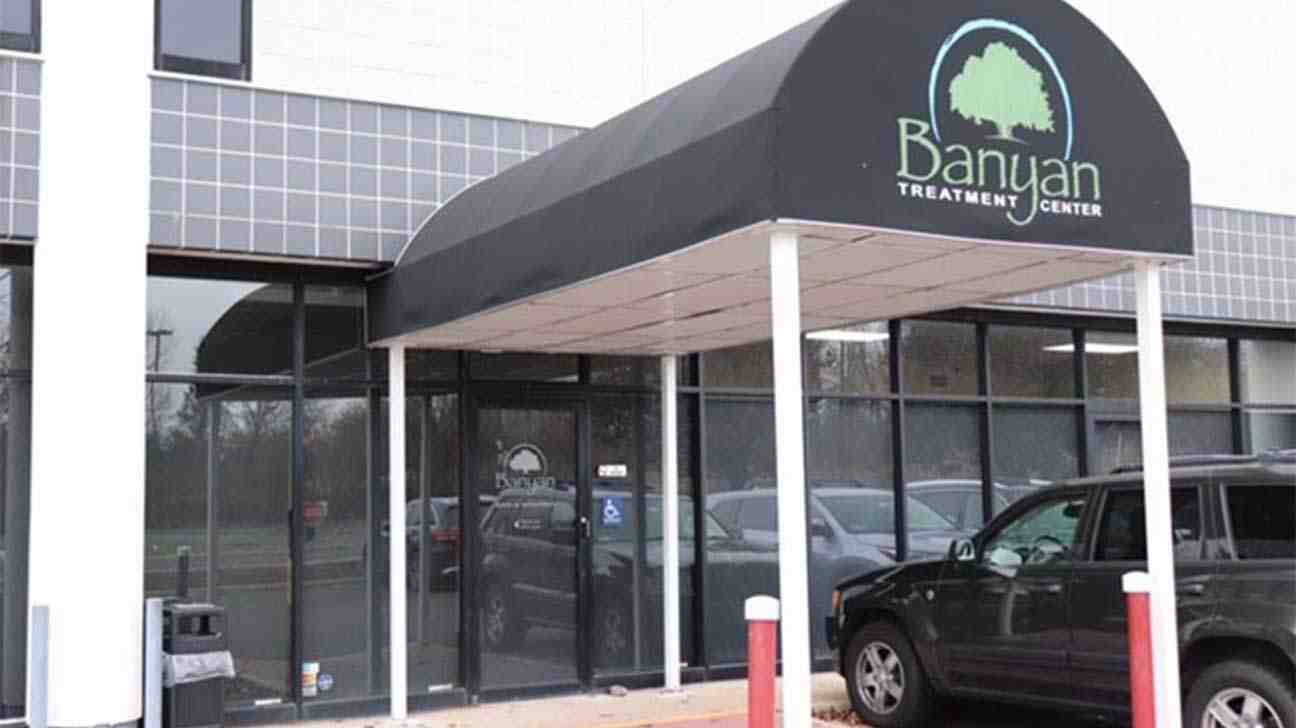
Why Choosing the Right Arizona Recovery Center Matters
Arizona recovery centers offer a unique combination of evidence-based treatment and healing environments that can make all the difference in your recovery journey. With over 557 treatment facilities in the state, understanding your options is the critical first step.
Top Factors to Compare:
- Accreditation – Look for Joint Commission, CARF, or SAMHSA certification.
- Levels of Care – Detox, inpatient, PHP, IOP, and outpatient programs.
- Specializations – Dual diagnosis, trauma care, veteran programs, executive rehab.
- Cost & Insurance – Average inpatient: $631/day; outpatient: $57/day (without insurance).
- Success Metrics – Some centers report 89% completion rates vs. a 42% industry average.
- Therapeutic Approach – CBT, DBT, EMDR, holistic therapies, 12-step programs.
The challenge is that not all recovery centers are created equal. Programs vary widely in approach, cost, and outcomes. Choosing a program that doesn’t fit your needs can mean the difference between lasting recovery and relapse. That’s why compare centers based on concrete factors like accreditation, staff qualifications, and patient outcomes.
At Addiction Helpline America, we help individuals and families steer the complex landscape of Arizona recovery centers. Our experience shows that informed decisions lead to better outcomes.
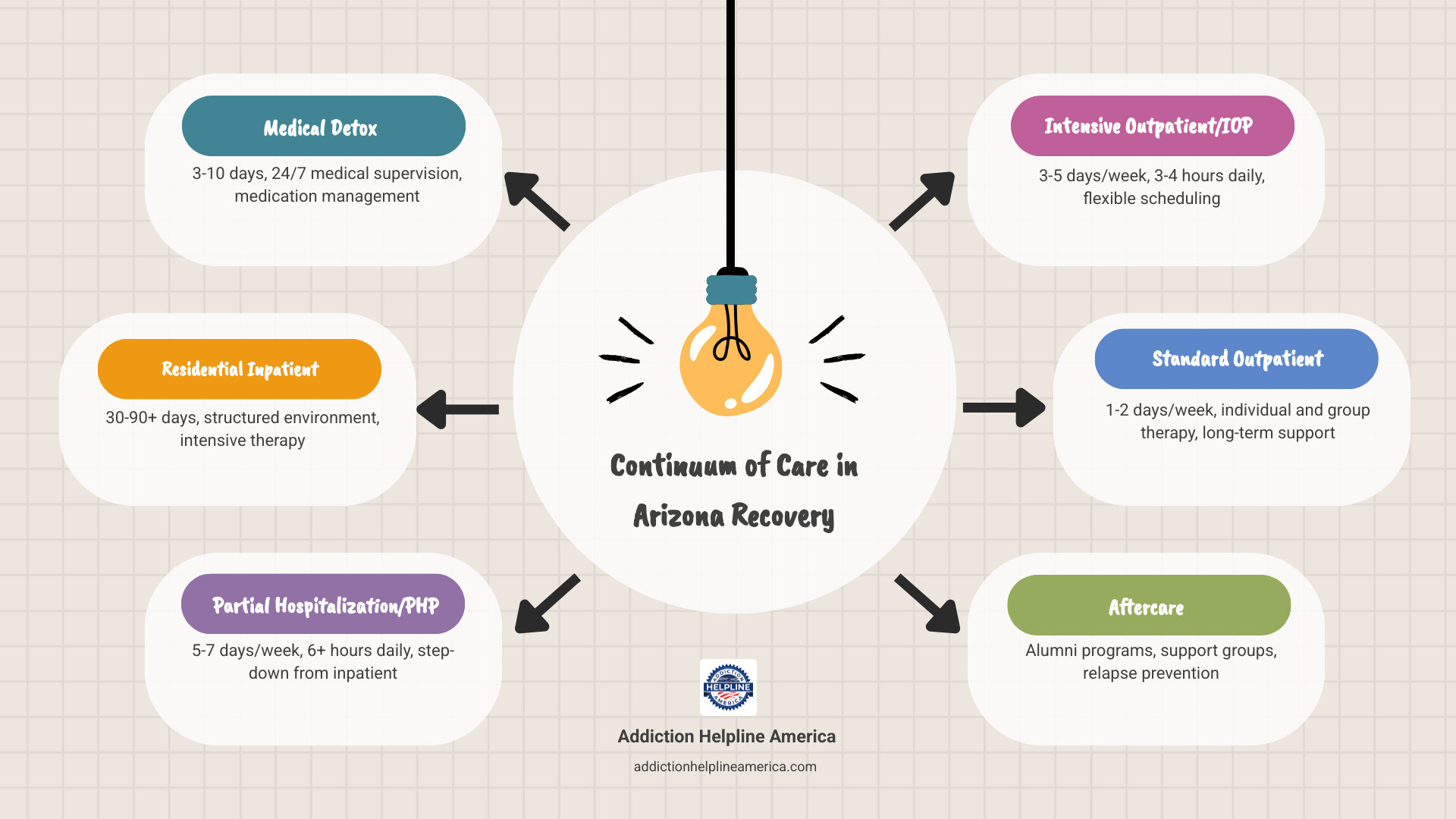
Understanding the Landscape of Addiction Treatment in Arizona
Arizona’s addiction treatment landscape is designed to meet you wherever you are, with options ranging from intensive medical care to community support. The core philosophy is that recovery is unique to you, so Arizona recovery centers create individualized plans that adapt as you heal. Understanding your options is the first step toward empowerment. You can explore the wide array of Arizona treatment options available through our network.

Types of Treatment Programs Available
Addiction treatment is a continuum of care, allowing you to move between levels of support as your needs change.
- Detoxification (Detox): This is often the first step, providing 24/7 medical supervision to safely manage withdrawal symptoms over 3-10 days.
- Inpatient Residential Care: Living at a facility for 30-90+ days provides a structured, trigger-free environment for intensive therapy and healing. Some Arizona centers report completion rates as high as 89%, more than double the industry average.
- Partial Hospitalization Programs (PHP): A step-down from inpatient, PHP offers intensive daily treatment for several hours while you live at home or in sober living.
- Intensive Outpatient Programs (IOP): Offering more flexibility, IOP allows you to maintain work or school commitments with sessions 3-5 days a week for a few hours each day.
- Standard Outpatient (OP): Ideal for long-term maintenance, this involves less frequent therapy sessions to help you stay accountable.
- Sober Living Support: These homes offer a substance-free environment to practice recovery skills with peer support and structure.
- Community-Based Recovery Resources: Groups like Alcoholics Anonymous (AA), Narcotics Anonymous (NA), and SMART Recovery provide ongoing peer support.
Common Therapeutic Philosophies
Arizona recovery centers blend different therapeutic approaches to address all aspects of addiction.
- 12-Step Facilitation: Many centers integrate the principles of programs like AA and NA, which emphasize peer support and acceptance.
- Evidence-Based Models: These are therapies proven effective by research. Cognitive Behavioral Therapy (CBT) helps change negative thought patterns, while Dialectical Behavior Therapy (DBT) teaches emotion regulation and distress tolerance. EMDR addresses underlying trauma, and Motivational Interviewing helps you find your own motivation for change.
- Holistic Approaches: These therapies treat the mind, body, and spirit. Yoga, meditation, art therapy, and equine therapy complement traditional talk therapy by reducing stress and providing new outlets for expression.
- Faith-Based Programs: For those who find strength in their faith, these programs integrate spiritual principles into the recovery process.
- Recovery Support Groups: Groups like AA, NA, and SMART Recovery are vital for long-term peer support after formal treatment ends.
For more information about Arizona treatment options that match your needs, we’re here to help you steer these choices.
What to Look for in Top-Rated Arizona Recovery Centers
Choosing a recovery center is a critical decision. To ensure you’re selecting a quality program, look for clear markers that indicate effectiveness and a high standard of care.
First, verify accreditation and licensing. Reputable Arizona recovery centers hold accreditations from The Joint Commission or CARF, which signify they meet strict national standards for safety and quality. State licensing ensures legal operation.
Next, examine staff qualifications. The team should include licensed medical doctors, psychiatrists, and therapists. A lower patient-to-staff ratio is also a key indicator of personalized, attentive care.
Finally, look for transparency in success metrics and patient satisfaction. Centers that share their data, such as program completion rates and patient reviews, are confident in their outcomes. For example, The Meadows reports an 89% completion rate, far exceeding the 42% industry average, and Canyon Vista Recovery Center holds a 4.5-star Google rating from over 170 reviews.

Evidence-Based and Holistic Therapies
The best centers integrate scientific and holistic methods. Evidence-based therapies like Cognitive Behavioral Therapy (CBT), Dialectical Behavior Therapy (DBT), and EMDR form the clinical foundation, helping you rewire thought patterns, manage emotions, and process trauma. Holistic and experiential therapies support this work by treating the whole person. Offerings like yoga, meditation, art therapy, and adventure therapy help reduce stress, build self-esteem, and provide healthy coping mechanisms. You can explore more holistic care options through our network.
Specialized Programs and Dual Diagnosis Care for Arizona Recovery Centers
Addiction rarely exists in isolation. Approximately 50% of people with substance use disorders also have a co-occurring mental health condition like depression, anxiety, or PTSD. Many people with SUD have dual diagnoses, making specialized care essential.
- Dual Diagnosis Care: Top centers like The Meadows and Sierra Tucson provide integrated treatment, addressing addiction and mental health simultaneously for better outcomes.
- Trauma-Informed Care: This approach creates a safe environment that recognizes the role of past trauma in addiction.
- Specialized Groups: Many facilities offer dedicated programs for veterans, executives (like Soberman’s Estate), and LGBTQ+ individuals, addressing their unique challenges.
The Role of Family Involvement and Aftercare
Recovery involves the entire family. Leading centers offer family therapy to heal relationships and educate loved ones. Support groups like Al-Anon and Nar-Anon provide crucial support for family members.
Long-term success depends on strong aftercare. This includes alumni programs for continued peer connection and a detailed relapse prevention plan created before you leave treatment. Continued support through outpatient therapy or sober living is vital for maintaining recovery.
Amenities at Luxury Arizona Recovery Centers
While the work of recovery is the priority, a comfortable environment can significantly aid the healing process. Luxury Arizona recovery centers provide amenities that create a restorative atmosphere.
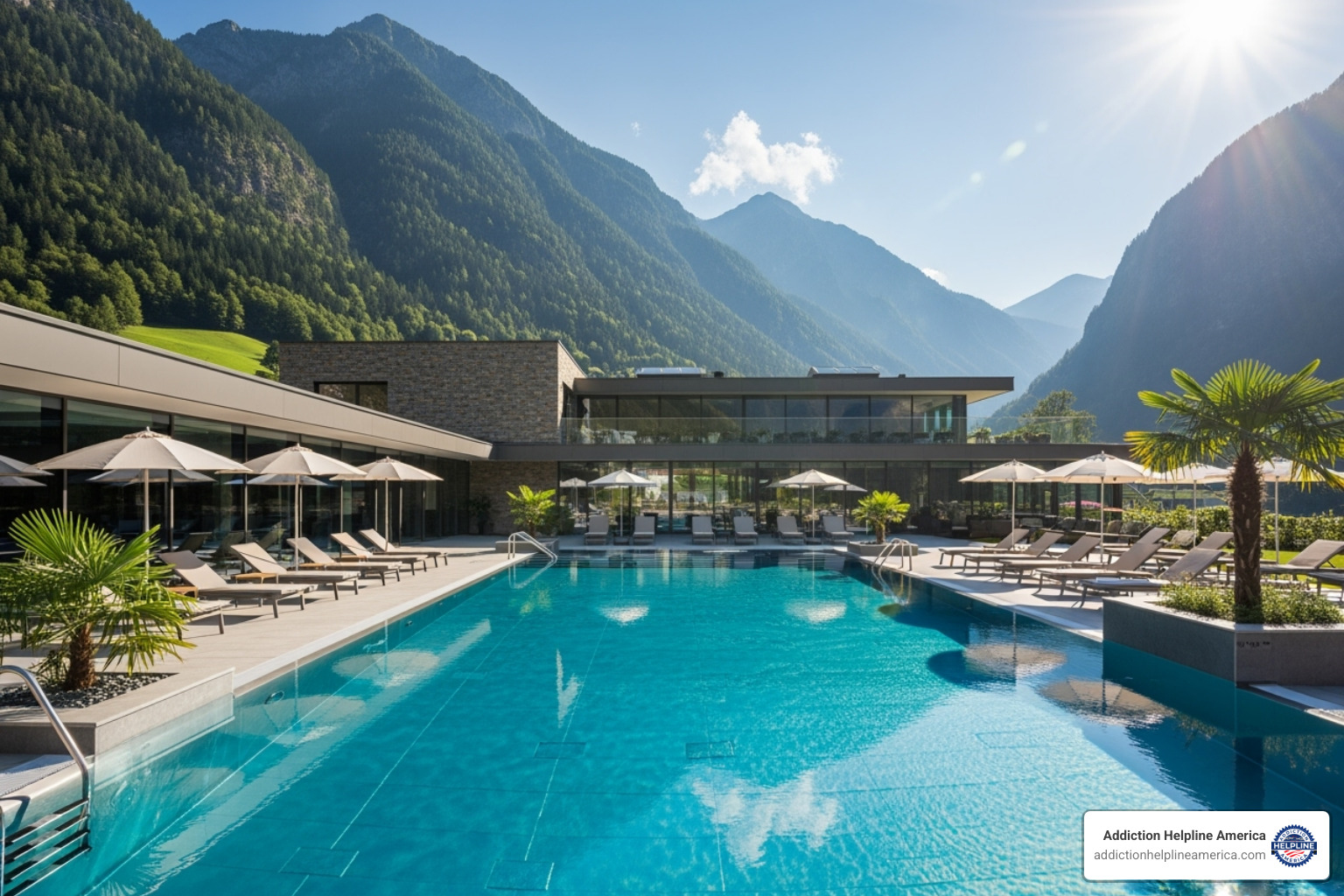
Features often include private rooms, gourmet meals prepared by chefs, fitness centers, and spa services like massage. Many are situated in scenic locations, leveraging Arizona’s natural beauty to promote tranquility. For those needing discretion, these facilities also ensure a high level of privacy.
Navigating Costs and Insurance for Rehab in Arizona
Let’s talk about something that weighs heavily on many minds: the cost of treatment. We understand that when you’re already facing the challenge of addiction, worrying about finances can feel overwhelming. But here’s the good news—treatment is more accessible than many people realize, and understanding your options can bring real peace of mind.
The average cost of rehab in Arizona sits around $56,789, though this number can vary widely depending on the type of program and how long you stay. Think of it as a spectrum rather than a fixed price tag.
Inpatient residential treatment, where you live at the facility and receive around-the-clock care, typically costs more than outpatient options. Without insurance, you’re looking at an average of $630.99 per day for inpatient care. That immersive, structured environment comes with a higher price because of the intensive medical supervision, therapy sessions, meals, and accommodations included.
Outpatient programs, on the other hand, offer much more budget-friendly options at around $56.87 per day without insurance. These programs let you live at home while attending treatment sessions, which naturally reduces costs while still providing solid support.
If you’re paying out of pocket, many Arizona recovery centers understand that not everyone has the same financial situation. Some offer sliding scale fees based on your income, while others provide payment plans to spread costs over time. We’ve seen facilities range from around $7,000 for a 30-day program at places like John Volken Academy Ranch to $46,000 for luxury options like The Sanctuary at Sedona.
State-funded programs exist for those who qualify based on income or specific circumstances. The Arizona Substance Abuse Partnership can connect you with local counseling and treatment resources. Phoenix Rescue Mission goes even further, providing completely free services for individuals facing addiction. These options ensure that financial barriers don’t stand between someone and their recovery.
Many facilities also work with third-party lenders or offer their own financing programs. Don’t let the sticker price scare you away from reaching out—there are almost always ways to make treatment work financially.
How Insurance Coverage Works
Here’s where things get a bit brighter: most health insurance plans are required to cover addiction treatment. Thanks to the Affordable Care Act, mental health and substance use disorder services are considered essential health benefits that insurers must include.
Understanding how your insurance works doesn’t have to give you a headache. Let’s break it down into plain language.
When a treatment center is in-network with your insurance company, they’ve already agreed on specific rates for their services. This is the sweet spot for your wallet—you’ll pay less out of pocket through lower deductibles, copayments, and coinsurance. Think of it as your insurance company’s “preferred” list of providers.
Out-of-network providers haven’t made those agreements with your insurer. Your plan might still cover some of the cost, but you’ll shoulder more of the financial burden. Your deductible might be separate and higher, and your coinsurance percentage will likely increase.
Your deductible is the amount you pay before your insurance kicks in to help. Once you’ve met it, your insurance starts sharing the costs. Copayments are those fixed amounts you pay for specific services after meeting your deductible—like $25 for a therapy session.
If you have a PPO (Preferred Provider Organization) plan, you’ve got flexibility. You can see out-of-network providers if you choose, though you’ll pay more. No referrals needed. HMO (Health Maintenance Organization) plans are more structured—you’ll need to stay within their network and get referrals from your primary care provider to see specialists. Out-of-network coverage is usually minimal or nonexistent, except for emergencies.
Most Arizona recovery centers accept major insurance providers like Aetna, Blue Cross Blue Shield, Cigna, United Healthcare, Humana, and Medicare/Medicaid. Fountain Hills Recovery accepts most private insurance policies, and Sierra Tucson recently expanded access through a new partnership with Blue Cross Blue Shield of Arizona. You can explore more information about centers that accept insurance through our network.
How to Verify Your Insurance for Treatment
Verifying your insurance benefits sounds complicated, but it’s actually pretty straightforward. And honestly? You don’t have to do it alone.
You can start by calling your insurance provider directly using the member services number on your card. Have a few key questions ready: What are my benefits for substance use disorder treatment? What’s my deductible, and have I met it? What will my copayments or coinsurance be? Are there limits on treatment days or therapy sessions? Do I need pre-authorization before starting treatment?
But here’s an easier path: call the rehab admissions team directly. Most Arizona recovery centers employ specialists who verify insurance benefits every single day. They know the ins and outs of different insurance plans and can tell you exactly what your coverage looks like at their facility. Wolf Creek Recovery specifically encourages people to reach out to their admissions department for this very reason. It’s often the fastest, most accurate way to get answers.
Many facilities also offer online verification forms where you can submit your insurance information and receive a detailed benefits breakdown within a day or so.
Keep your insurance card handy along with your date of birth and policy number—these details speed up the process considerably.
At Addiction Helpline America, we know this financial piece can feel like a maze. That’s exactly why we offer free, confidential, personalized guidance to help you steer your options and verify your insurance coverage. You don’t have to figure this out on your own. We’re here to help you find the right path forward, both for your recovery and your wallet.
Frequently Asked Questions about Addiction Treatment
When you’re considering treatment for yourself or someone you love, questions naturally arise. We’ve been helping people steer these decisions for years, and we understand the concerns that keep you up at night. Here are the answers to questions we hear most often.
What are the success rates for rehab in Arizona?
“Success” in recovery is personal, but we can look at key metrics to evaluate Arizona recovery centers. Program completion rates are a strong predictor of long-term sobriety. For example, The Meadows reports an 89% completion rate, compared to a 42% industry average. Patient satisfaction is also telling; high ratings and positive reviews, like those for Canyon Vista Recovery Center, reflect quality care. While no center can guarantee a specific outcome, those with high completion rates, positive patient feedback, and robust aftercare programs provide the strongest foundation for lasting recovery.
How long does rehab in Arizona typically last?
Treatment length is custom to your individual needs, including the severity of addiction and any co-occurring conditions.
- 30-day programs provide a strong foundation for recovery.
- 60-day programs allow for deeper therapeutic work.
- 90-day programs are often recommended by specialists, as research shows they can lead to better long-term outcomes.
The average inpatient stay is between 30 and 90 days, but the right duration is determined by a clinical assessment. The goal is not to rush but to build a solid foundation for lifelong recovery.
How are co-occurring mental health disorders addressed?
About 50% of people with substance use disorders also have a mental health condition like depression, anxiety, or PTSD. The National Institute of Mental Health confirms how many people with SUD have dual diagnoses.
Top Arizona recovery centers use an integrated treatment model, addressing both the addiction and the mental health condition simultaneously. This is the gold standard of care. A team of dual diagnosis specialists, including psychiatrists and therapists, provides a comprehensive evaluation, medication management if needed, and therapies like CBT and DBT that target both issues. By treating the whole person, these centers give you the best chance at achieving both stable mental health and lasting sobriety.
Taking the First Step Towards Your Fresh Start
You’ve learned about the different levels of care, specialized programs, and quality markers for Arizona recovery centers. While it’s a lot to take in, the most important thing to remember is that recovery is possible.
The key is finding the right fit for your unique situation. Whether you need dual diagnosis care, a veteran-specific program, or a quiet place to heal, the right program is out there.
This is where Addiction Helpline America comes in. We have deep knowledge of Arizona recovery centers and can connect you with a program that fits your clinical needs, works with your insurance, and aligns with your goals.
Making the first call can be intimidating, which is why our guidance is free, confidential, and personalized. We’re not here to push you into a decision; we’re here to listen and help you explore your options with clarity.
Your fresh start begins with one step. Find your path to recovery at a premier Scottsdale facility and find what your life can be. You don’t have to do this alone. Reach out today, and let’s take that first step together.
Our helpline is 100%
free & confidential
If you or someone you care about is struggling with drug or alcohol addiction, we can help you explore your recovery options. Don’t face this challenge alone—seek support from us.
Programs
Resources
Will my insurance
cover addiction
treatment?
We're ready to help
Find the best
drug or alcohol treatment
center
Are you or a loved one struggling with addiction? Call today to speak to a treatment expert.
